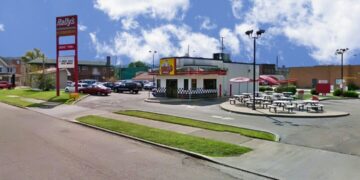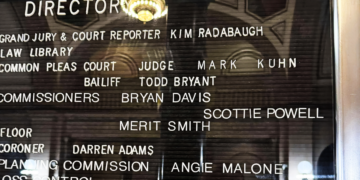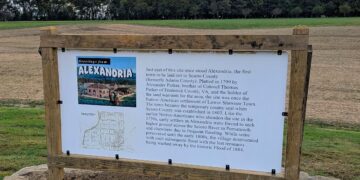Most adults have driven a few different vehicles in their lives. The older you get, the more cars you tend to have experience with. For many, though, nothing will ever beat the feeling that first car gave them. This is one of the big reasons that vehicle restoration has become so popular. If you’ve been looking to undertake something like this for yourself, here’s what to know before starting a vehicle restoration.
Your Vehicle
Is your vehicle in need of a comprehensive frame-off restoration? Could a modest restoration suffice and make you happy? You’ll know the whole scope of work you have to do as well as how much time and money is required to complete the project once you’ve figured out these concerns. To ensure success, first assess your vehicle and carefully inspect your frame, engine, and drive train, as well as the bodywork, paint job, and all necessary trim and moldings.
Your Budget
Calculate your overall budget after you have identified everything you will need (i.e., materials and specialist assistance). This is going to be an approximate budget, but once you have a figure in mind, add a minimum addition of 25 percent. Projects that don’t have a few unexpected elements are extremely rare and should not be expected. By padding your budget, you can avoid financial problems when these additional challenges eventually arise. You should also be sure to get a written estimate from anyone who does work on your car, as this may come in handy if there are any unexpected costs. This is the most important thing to know before starting a vehicle restoration project.
Your Parts
Before you can begin restoration, you need to get all the materials you’ll need. You will learn how much the project will initially cost as you proceed through this process. Once you know the estimated cost, you may make the final decision on whether you’d prefer to purchase new parts or refurbish the used ones. Decide which parts you cannot compromise on by comparing their price to the price of new or aftermarket parts and put them on a list; then, choose which lower-priced alternatives you will use instead.
Your Timeline
When planning your timeline for this project, create a schedule that identifies when you’ll have the time to work on it. Do everything you can to follow that plan. Even if you must go off plan, you’ll at least have a general sense of the time you’ll need to get your vehicle in order. Even though the timetable may be changed, the amount of time the repair will take to complete is in sight, which is something to be excited about. When you’re working on restoring anything, it is important to establish short-term goals that make the process more manageable.



















































































